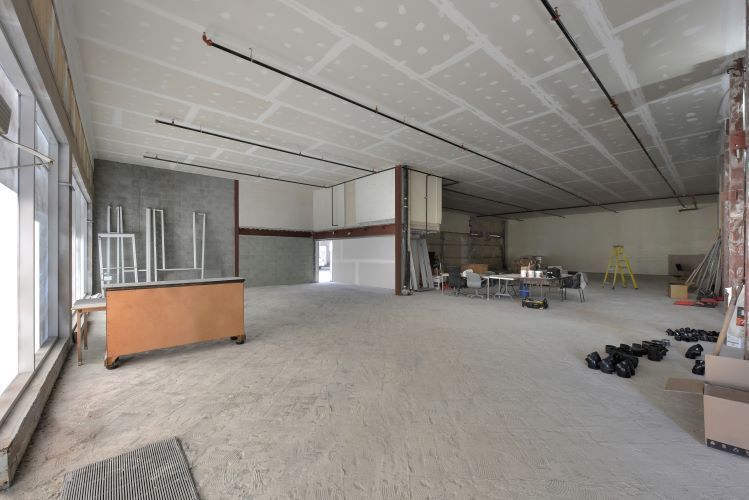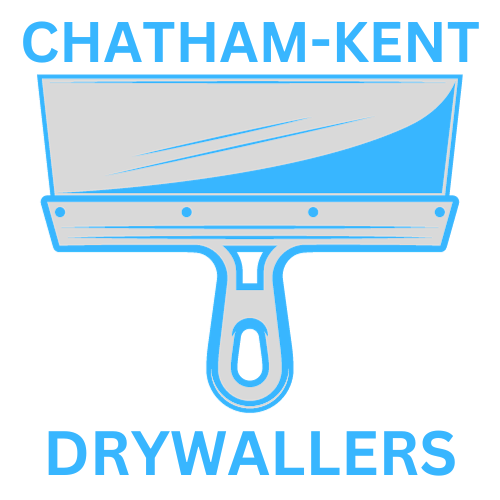Understanding Drywall Taping: A Crucial Step in Finishing

Drywall taping is a crucial step in the process of achieving smooth, seamless walls and ceilings in residential and commercial properties. As a trusted drywall company in Chatham, Ontario, Chatham-Kent Drywallers is dedicated to delivering exceptional drywall services, including expert drywall taping. In this article, we'll explore what drywall taping involves and why it's essential for achieving professional-quality results.
What is Drywall Taping?
Drywall taping, also known as mudding or plastering, is the process of concealing the joints and fastener indentations in drywall panels to create a smooth, uniform surface. It involves applying joint compound or mud over the joints, embedding drywall tape, and finishing the surface to achieve a seamless appearance. Drywall taping is essential for hiding the seams between drywall panels and creating a flawless finish for painting or wallpapering.
The Drywall Taping Process:
- Preparation: Before beginning the taping process, ensure that the drywall panels are properly installed and secured to the framing. Inspect the seams and fastener indentations for any imperfections or damage that may need to be addressed before taping.
- Applying Joint Compound: Start by mixing the joint compound to the desired consistency, typically thick enough to hold its shape but thin enough to spread smoothly. Using a drywall knife or trowel, apply a thin layer of compound over the joints, covering them completely.
- Embedding Drywall Tape: Once the joint compound is applied, place drywall tape over the seams, pressing it firmly into the wet compound with a drywall knife or trowel. Be sure to smooth out any wrinkles or bubbles to ensure a tight bond between the tape and the compound.
- Second Coat of Compound: After the tape is embedded, apply a second coat of joint compound over the tape, extending it beyond the edges of the tape to feather the edges and create a smooth transition between the tape and the drywall surface.
- Feathering and Sanding: Once the second coat of compound has dried, use a drywall knife or sanding block to feather the edges of the compound, blending it seamlessly with the surrounding drywall surface. Sand the dried compound smooth, removing any bumps or ridges for a flawless finish.
- Final Coat and Sanding: Apply a final coat of joint compound over the taped seams, feathering the edges to achieve a smooth, uniform surface. Once the compound has dried, sand the entire surface lightly to remove any imperfections and create a smooth, even finish ready for painting or wallpapering.
Conclusion:
Drywall taping is a critical skill that requires precision, patience, and attention to detail to achieve professional-quality results. At Chatham-Kent Drywallers, we specialize in providing expert drywall taping services to ensure flawless walls and ceilings in your home or business. Contact us today to learn more about our drywall services and how we can help with your next project.
You might also like



